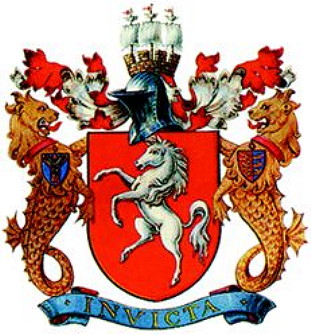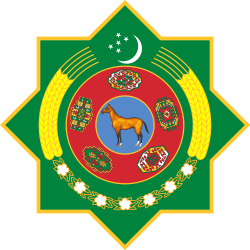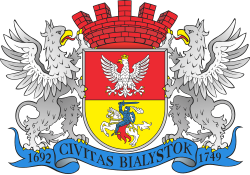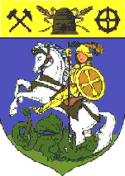Arms-kent
Autor/Urheber:
Shortlink:
Quelle:
Größe:
311 x 335 Pixel (52592 Bytes)
Beschreibung:
Coat of arms of Kent County Council, granted 17 october 1933. Text from[1]: "The arms were officially granted on 17 October 1933 and re-confirmed in 1975. The white horse of Kent is supposedly the old symbol for the Saxon kingdom of Kent, dating from the 6-8th century. The crest shows a mural crown, which symbolises the many castles in the county, as well as the independent Saxon kingdom of Kent. The sails are symbols for the strong ties of the county with the sea and stand for the navy, the mercantile marine and fisheries.The sea lions are also a symbol for the strong ties with the navy, the lion being the British lion. The sea lions also symbolise that Kent is the frontier of Britain with continental Europe. The left supporter wears the arms of the Cinque Ports, five harbour cities that had to provide support for the English navy until modern times. Four of these cities are in Kent. The arms are three lions with ship hulls as tails. The right supporter wears a shield with the arms of the Archbishopric of Canterbury, founded in 597 by St. Augustine. Canterbury is in Kent. The motto means 'unconquered'. In 1067, shortly after the Norman Conquest (1066, as every schoolboy knows), a detachment of Kentishmen ambushed the newly crowned King William and surrounded him. In return for his life, he promised that the county would be able to keep its ancient privileges - thus Kent was the only part of England unconquered by the Normans (that is, according to legend). "
Lizenz:
Public domain
Credit:
Relevante Bilder
Relevante Artikel
Pferd (Wappentier)Das Pferd auch als Ross bezeichnet ist ein häufig auftretendes Wappentier. .. weiterlesen
FischgeschwänztDer Begriff fischgeschwänzt ist ein Fachausdruck in der Heraldik und wird bei der Wappenbeschreibung verwendet, wenn Menschen oder Wappentiere von der Hüfte abwärts mit einem Fischschwanz im Wappen dargestellt werden, der auch gespalten sein kann, wie es bei der Meerfrau vorkommt. .. weiterlesen










































